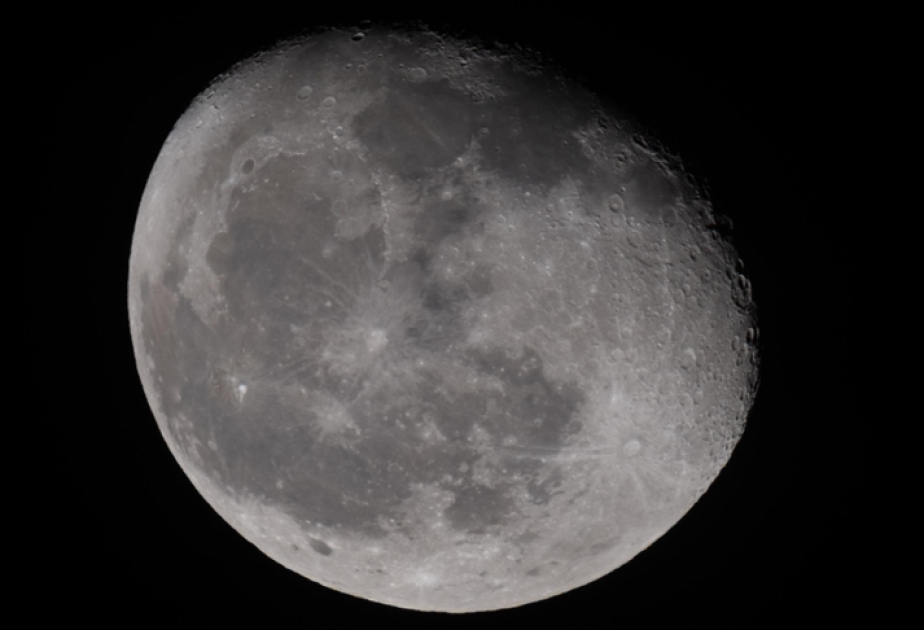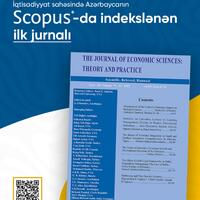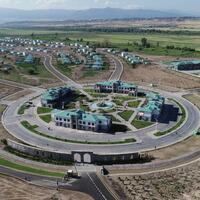Understanding moon: Chinese scientists find 1st trace of lunar water
Chinese scientists studying moon have discovered water molecules in lunar soil for the first time, a discovery that can offer new clues to how the moon evolved and how to exploit its resources, Anadolu Agency reports citing state-run media.
Based on lunar soil samples returned by China’s Chang’e-5 mission in 2020, Chinese scientists have found a hydrated mineral “enriched” with molecular water, English daily South China Morning Post reported citing the Chinese Academy of Sciences (CAS) .
The latest discovery is in contrast to a previous conclusion based on samples brought back by American Apollo astronauts decades ago, that revealed no sign of water and led scientists to conclude that lunar soil must be completely dry, according to Nasa.
The research – carried out jointly by researchers from the Beijing National Laboratory for Condensed Matter Physics and the Institute of Physics of CAS and other domestic research institutions – was published in the peer-reviewed journal Nature Astronomy on July 16.
The team, using a sample provided by the China National Space Administration, isolated more than 1,000 mineral “clasts” and among them was a platelike transparent crystal, dubbed “unknown lunar mineral” (ULM-1), that contained water molecules.
The researchers ruled out the possibility that the water-bearing mineral was contaminated by terrestrial sources or rocket exhaust.
“If this water-bearing mineral is present in the lunar samples, more than one piece should be found,” said the scientist who asked not to be named and was not associated with the study.
Lunar scientists have long been in search for water on the moon.
In recent years, the dry moon concept has been challenged thanks to technological advances, such as microanalysis techniques and remote sensing, according to the Nature Astronomy paper.
Bütün xəbərlər Facebook səhifəmizdə






























 USD
USD
 EUR
EUR GBP
GBP RUB
RUB